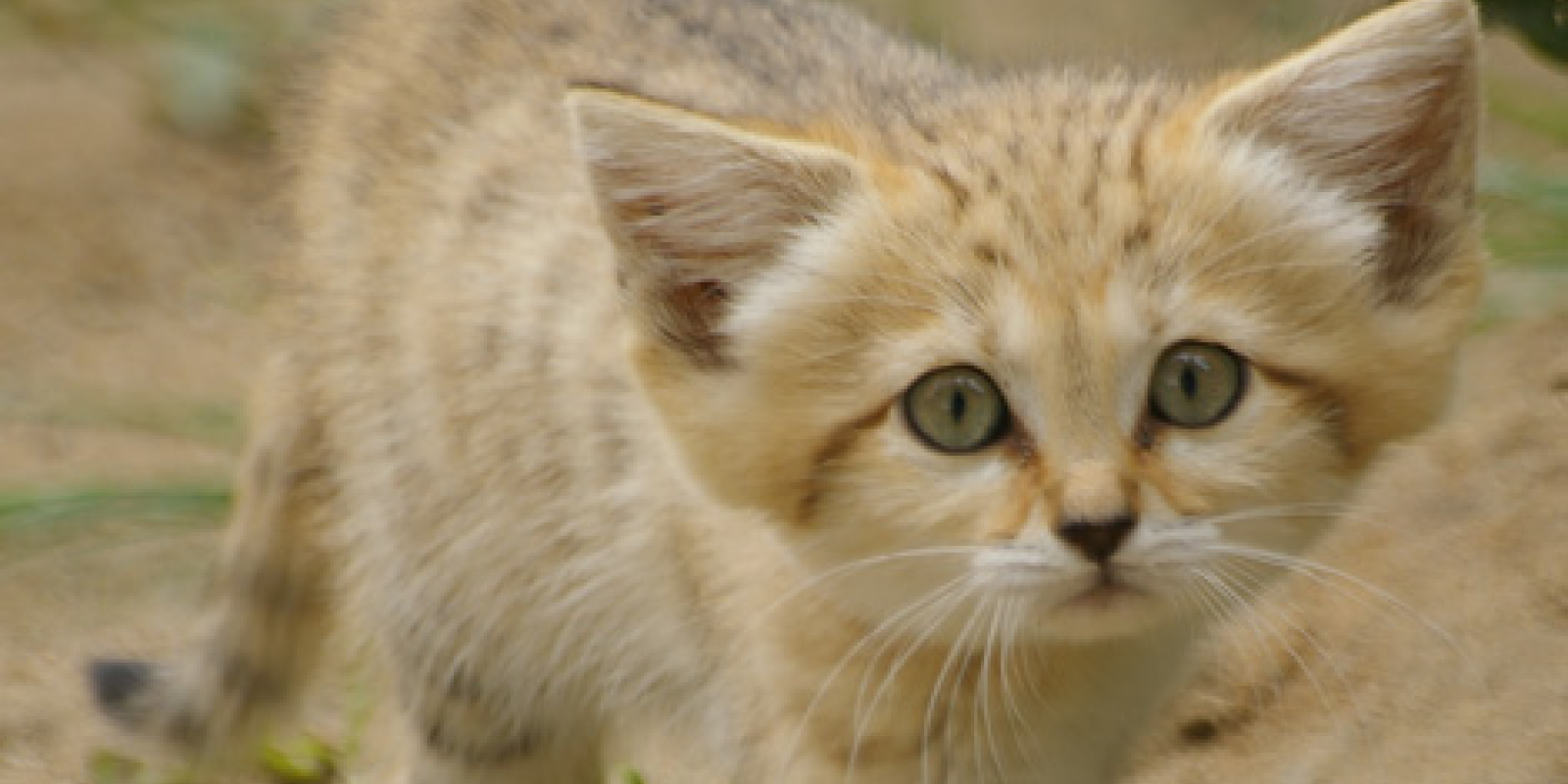
Arabian Sand Cat
The sand cat lives in desert, rocky and sandy environments, preferably in winding landscapes full of plants. It feeds on small rodents, snakes, and lizards, as it hunts its preys at night, when its sight is most sharp, especially in the darkness. The Arabian Sand Cat is able to live without drinking water and sustains itself on the water it gets from its preys. It has a certain dislike of high temperatures but can maintain the body's moisture without feeling thirsty or hungry for a long time.
The role of Al Ain Zoo in breeding the Arabian Sand Cat:
Our zoo has the world's largest group of Arabian sand cats. We have been very successful in breeding and maintaining this species by launching a new project that focuses on breeding and releasing sand cats in their natural habitat. Up until 2014, the zoo was home to 36 sand cats.
The project’s strategy was documented as part of the zoo’s priorities and the measures that must be taken in order to protect Arabian sand cats, which is in line with the international movement to conserve wildlife.
Genetic testing:
In collaboration with the Royal Zoological Society of Scotland, our experts at Al Ain Zoo conducted a comprehensive genetic laboratory analysis of Arabian sand cats, which has greatly helped us identify the most suitable ones for breeding and how to improve the genetic health of the species. In the future, the zoo will undertake genetic comparative studies in order to study the Arabian sand cat and other cats in Africa and Asia.
Our Regional Management Plan for Arabian Sand Cats:
In 2014, the zoo hosted a workshop to pave for the realisation of a cooperative management plan for the Arabian sand cats’ species, which served as a very important step to breed sand cats in captivity on the long run, in the Arab region.